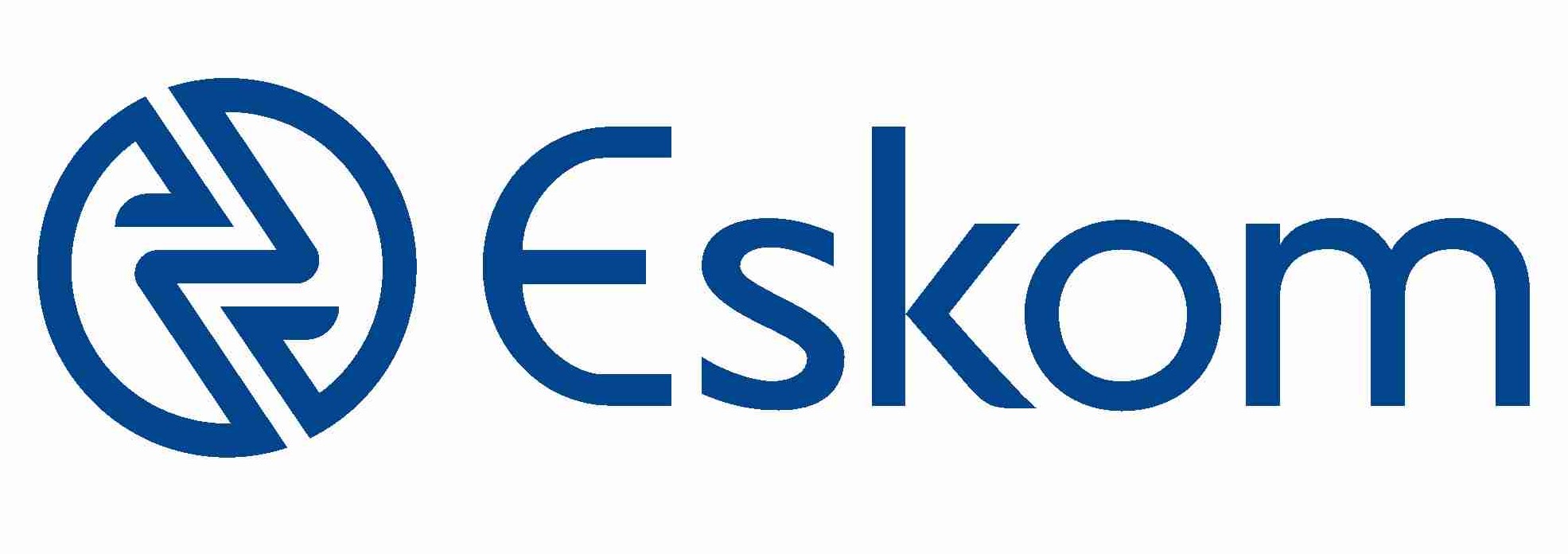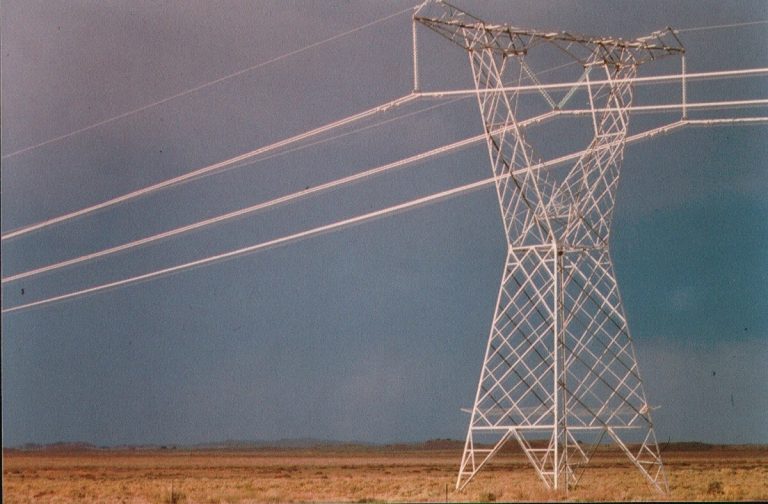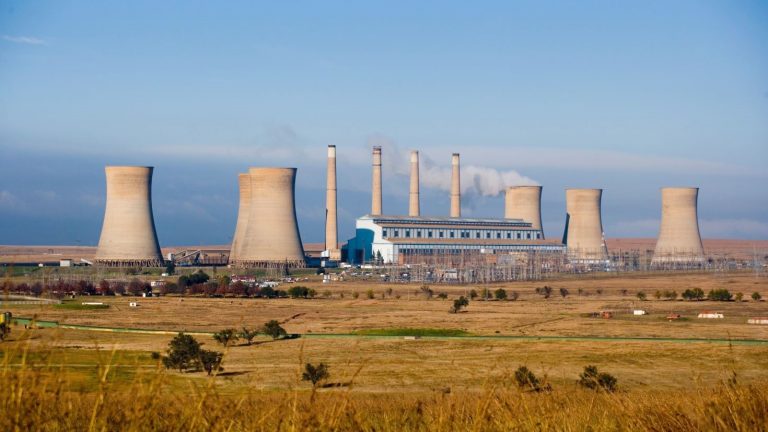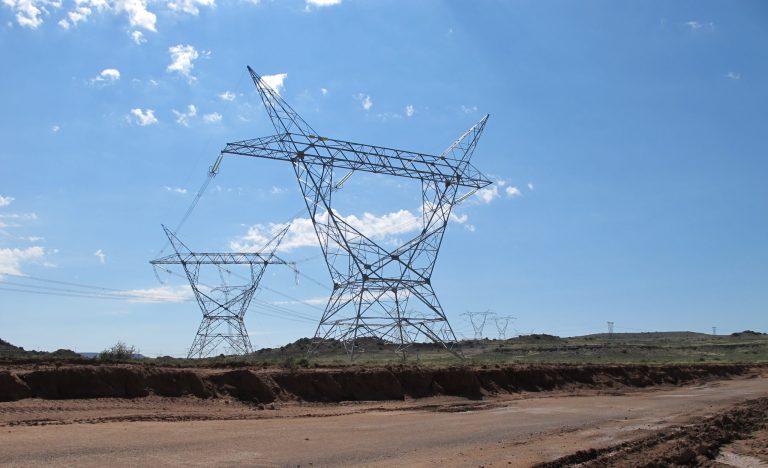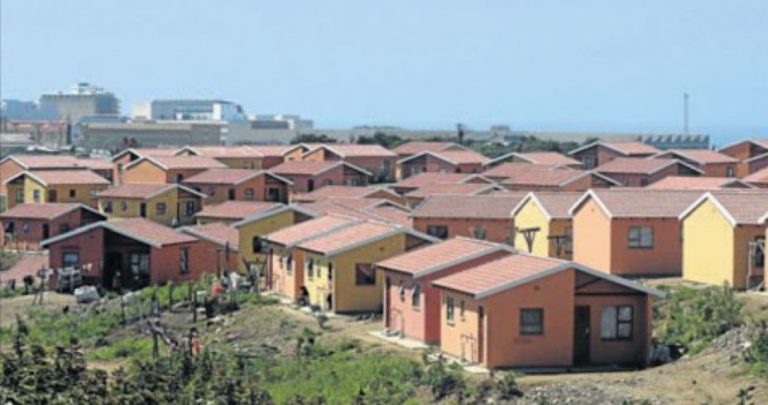Eskom steps up plans to end load reduction, increase Free Basic Electricity registration and protect revenue
Friday, 24 October 2025: Eskom is stepping up efforts to eliminate load reduction by 2027 as South Africa’s electricity system stabilises. The Load Reduction Elimination Strategy, launched by the Minister of Electricity and Energy, Dr Kgosientsho Ramokgopa, on 25 September 2025, sets a clear roadmap to strengthen the country’s distribution network and address high-risk isolated areas.
Generation performance has improved significantly, with the Energy Availability Factor (EAF) having reached 70% and surpassing this level more than 22 times since August 2025. This reflects the success of Eskom’s Generation Recovery Plan and improved maintenance practices.
Despite these improvements, a temporary 529MW load reduction during morning and evening peaks remains necessary in certain areas to protect infrastructure and ensure public safety. Ongoing electricity theft from illegal connections and meter tampering continue to cause equipment overload, leading to unsafe conditions, and in extreme cases, catastrophic equipment failures, making load reduction essential as a preventative measure.
Over the next 12 to 18 months, Eskom’s plan to eliminate load reduction will impact around 1.69 million customers, which is 20% of its customer base. The targeted 1.69 million customers are supplied via 971 feeders, predominantly in the Gauteng, Limpopo, Mpumalanga, and KwaZulu-Natal provinces.
The programme follows a phased, three-pronged approach:
- Expanding Free Basic Electricity (FBE) access – Priority is being given to registering eligible indigent households. While about 2.1 million households qualify in Eskom supply areas, only 485 thousand currently benefit. Expanding FBE is essential as households face rising electricity costs and businesses strive to remain competitive. The FBE benefit to the 2.1 million households is contingent on Eskom, Municipalities and relevant government departments working together.
- Accelerated rollout of smart meters – To date, over 800,000 meters have been installed, with 6.2 million planned over the next three years. This includes the 1.69 million customers affected by load reduction, with 577,000 meters to be installed by 2026, and the balance (to 1.69 million) by 2027. Smart meters support Eskom’s Demand Management Programme, helping customers reduce peak-period consumption, improve efficiency, and strengthen grid stability.
- Deployment of Distributed Energy Resources (DER) – Over the next five years, 250 DERs will be installed to bolster supply in remote and high-demand areas, supporting a sustainable local energy ecosystem.
“With stronger generation performance, teams on the ground, and the programme launched by Minister Ramokgopa, Eskom is driving the next phase of South Africa’s energy recovery. By modernising and digitising the distribution network, and with the support of communities, we are building a safer, more reliable, and efficient electricity system for all South Africans. Communities are vital partners in this process, and we encourage residents to collaborate with Eskom to ensure these interventions are seamless and effective,” said Acting Group Executive for Distribution, Agnes Mlambo.
“Over the next five years, Eskom will invest approximately R320 billion to sustain and modernise electricity infrastructure, including smart meters, with 14% allocated to Distribution. Eskom is fully prepared to implement the programme, and smart meters are being procured and delivered in tranches to manage operational risks such as storage, theft, damage, and inefficiencies. Suppliers continue to be sourced through open tenders, and the recent expressions of interest will bring additional capable suppliers on board to accelerate delivery,” concluded Mlambo.
Eskom’s commitment goes beyond restoring supply. Through targeted investments, innovative technologies, and collaborative community engagement, the utility is laying the foundation for a sustainable and resilient electricity system that meets the needs of South Africa today and in the years ahead.
ENDS

